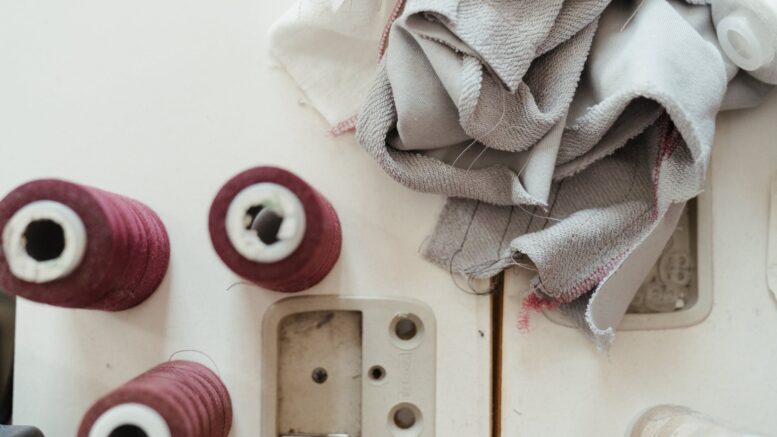Bamboo has always been a helpful plant. People have used Bamboo for food, shelter, and clothing for thousands of years. Chinese and Japanese cultures use Bamboo to make hats and shoes. At the same time, the plant became popular in the Western world in the 1800s as a strict part of corsets, corsets, and women’s dresses. Recently, bamboo fabric manufacturers in india have been widely used to turn fast-growing plants into fibers that can be used to make comfortable clothing, bedding and towels. At the same time, Companies are searching for new environmentally friendly and sustainable materials. The nature of Bamboo has shown that it is a natural source of environmentally friendly textiles.
How to Make Bamboo Cloth?
Two production processes are currently used to make Bamboo fabric: mechanical and chemical processing.
The first method is a mechanical process. The woody parts of the Bamboo are crushed into pulp and digested using enzymes that allow the material to be combed and spun into yarn. The advantage of machine-processed bamboo fabric is that it feels like linen. Natural antifungal and antimicrobial properties Moisture absorption and rapid drying. Ability to stay warm in cold weather and cool in warm weather. Protection against ultraviolet rays and resistance -Constant nature
However, modern bamboo clothing is usually made from chemically treated Bamboo, called Viscose Rayon. This rayon is produced by grinding and soaking Bamboo in sodium hydroxide. This process dissolves the cellulose in the Bamboo to create fibers. Unfortunately, it also removes much of the natural characteristics of bamboo fibers. This makes it similar to rayon from other cellulose sources. The product must be made directly from bamboo fibers to be allowed to be called Bamboo.
Sustainable Resources:
Eco-friendly, soft, renewable and safe: bamboo plants enable textile manufacturers to produce products with all these qualities. Continuing to find ways to reduce our environmental impact while still being able to enjoy the luxuries of our modern era, Bamboo offers an intelligent solution to at least one environmental issue: how to use available resources. Live in abundance and put it to good use for both people and the world.
Bamboo textiles offer many solutions to the unsustainable nature of today’s textile engineering. Because Bamboo is a renewable resource that yields 50 times more fiber per acre than cotton, issues of cost, energy, water and chemicals in production still need to be resolved.
How Much Does Bamboo Cloth Cost?
Viscose or similar synthetic fabrics made from this type of wood are generally less expensive than cotton. In some cases, this lower cost is passed on to the consumer. However, the genuine bamboo fabric produced by Mechanical processing is almost always more expensive than cotton. However, they can be less costly than luxury cotton, such as Egyptian cotton, Pima cotton, and Supima cotton.
How Does Bamboo Fabric Affect The Environment?
Bamboo is often touted as an eco-friendly fabric, and this designation may be accurate in some ways. The Bamboo is straightforward to grow. It proliferates and can grow in areas unsuitable for other plants, so the environmental impact of increasing Bamboo is relatively small. It is up to the individual bamboo fabric manufacturers to ensure that their crop is sustainable. Ironically, the current demand for Bamboo has led many Chinese producers to cut down other trees in the forest to grow Bamboo. This virtually eliminates the environmental benefits of this plant.

Be the first to comment on "Know About the Eco-Friendly Bamboo Clothing"